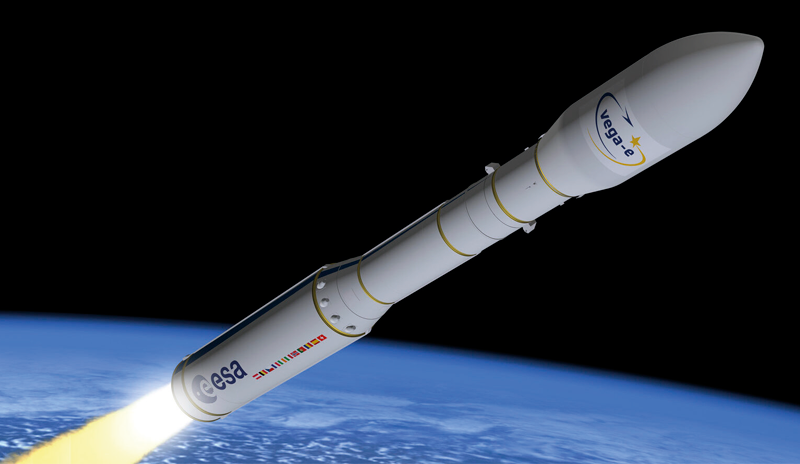A collaborative project between Nissan Technical Centre Europe, RBF Morph, and the University of Rome “Tor Vergata” showcases how multi-physics optimization is revolutionizing automotive wheel design, particularly for electric vehicles (EVs). By integrating styling, structural analysis, and aerodynamics within a unified workflow enabled by advanced mesh morphing technology (rbfCAE), designers can optimize wheels for lightweight, strength, and aerodynamic efficiency without compromising aesthetics.
The approach uses finite element analysis (FEA) for structural integrity and computational fluid dynamics (CFD) for aerodynamic performance, combined with two optimization methods: parametric morphing (user-controlled shape adjustments) and biologically inspired growth morphing (adaptive shape changes based on stress distribution). Both methods reduced wheel mass and improved performance metrics, with only slight aerodynamic trade-offs.
This digital, multi-physics platform fosters real-time collaboration between designers and engineers, accelerating development while ensuring robust, visually appealing wheel designs that meet the demands of modern EVs. The work also points to future integration of AI and reduced order models for even faster, smarter design cycles.
Read the article
CASE STUDY
This article is based on a collaboration between RBF Morph and AVIO to configure a numerical optimization procedure to improve the Vega E M10 engine’s performance by optimizing the methane circuit of the injector head.
aerospace rbf-morph ansys meshing
CASE STUDY
Multibody simulation is integral to engineering, enabling precise analysis of structural loads and dynamic behaviours in complex systems. In the context of forklifts, where tyres play a critical role due to the absence of suspension systems, accurate tyre modelling is essential. This study develops and validates a hysteretic Bouc-Wen model for the radial dynamics of solid rubber tyres to enhance simulation reliability.
multibody recurdyn mechanics automotive